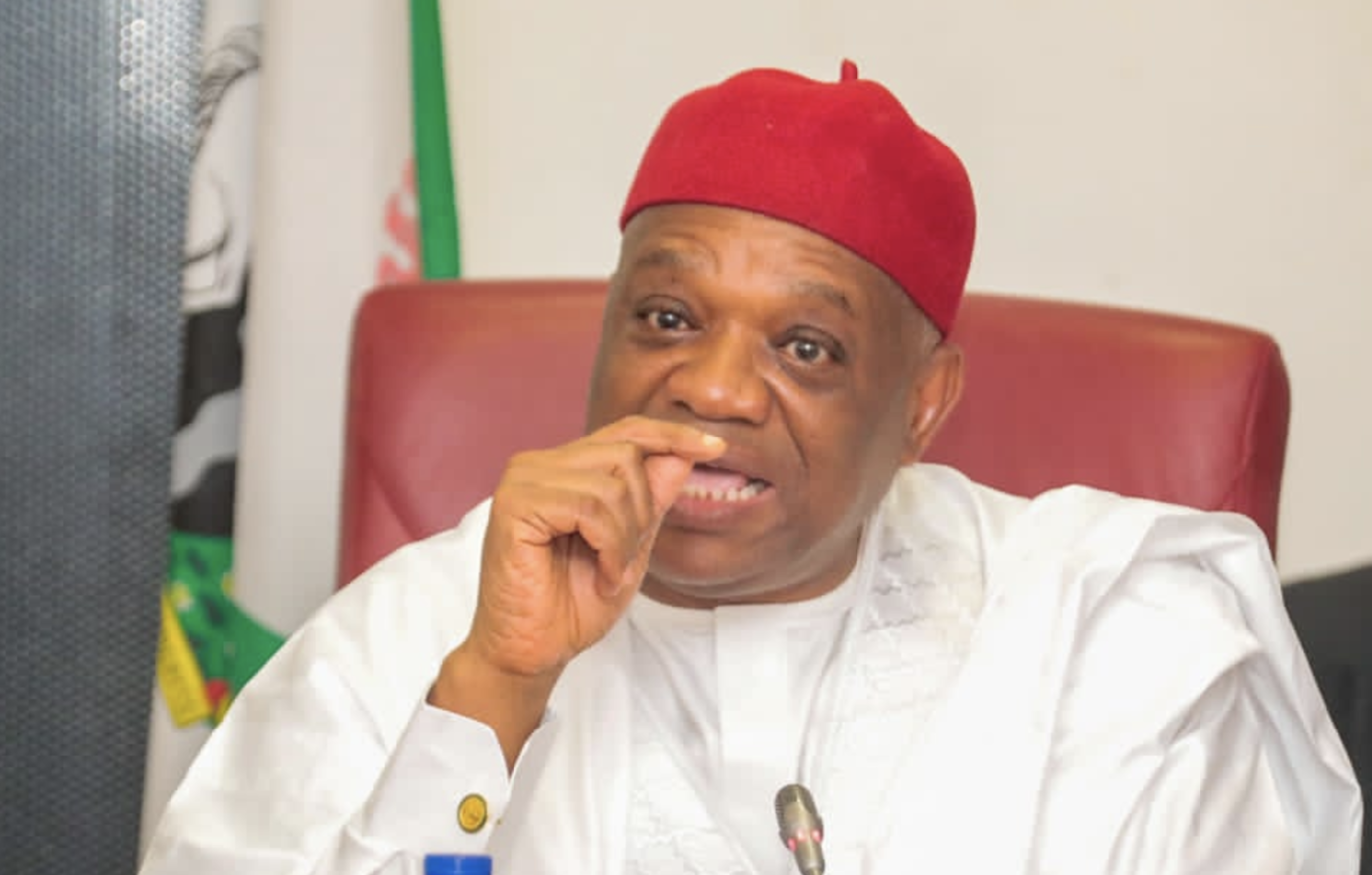Nigeria’s parallel foreign exchange (FX) market continues to send shockwaves across the economy as the naira remains under intense pressure against major global currencies. On Saturday, October 18, 2025, the naira traded at around ₦1,480 to ₦1,500 per dollar in the parallel market — a significant gap from the official rate of ₦1,471.03.
But beyond the dollar, new data show that the naira’s value has also weakened substantially against other key currencies such as the British Pound, Japanese Yen, and Kuwaiti Dinar. Adding to the mix, the price of gold in Nigeria has surged, reflecting both global market trends and local currency depreciation.
This comprehensive analysis explores the latest figures, underlying causes, and implications for Nigerian businesses, consumers, and investors.
Dollar to Naira Exchange Rate — Persistent Pressure in the Parallel Market
The parallel market, also known as the black market, remains the most active segment for currency trading among individuals and small businesses who cannot access official FX channels.
As of October 18, 2025, the exchange rate stood at:
- ₦1,480 (buying)
- ₦1,500 (selling)
Traders reported steady demand for the U.S. dollar, driven by importers, students paying foreign tuition, travelers, and small-scale business owners seeking forex for supplies. Despite the Central Bank of Nigeria’s reforms aimed at stabilizing the market, liquidity shortages persist, leading to a sustained premium in the unofficial market.
The official market, however, remained relatively stable at ₦1,471.03, but accessibility remains limited. This gap between the two markets continues to fuel arbitrage and speculative activity, putting additional strain on the naira.
British Pound to Naira — The Gap Widens
The British Pound Sterling remains one of the most expensive foreign currencies traded in Nigeria’s parallel market.
On October 18, 2025, the pound sold between ₦2,030 and ₦2,130, while buyers offered around ₦2,000. This shows that Nigerians dealing with UK-based transactions — such as students, importers, or families receiving remittances — now face even higher conversion costs.
The strength of the pound reflects not only its global performance but also the impact of Nigeria’s local FX challenges. With limited forex reserves and sluggish inflows, traders expect the naira’s weakness against the pound to persist into the final quarter of the year.
Japanese Yen to Naira — A Less Talked About But Telling Indicator
While not as dominant in Nigeria’s forex ecosystem as the dollar or pound, the Japanese Yen provides another indicator of the naira’s weakness.
In the parallel market, ₦9.70 to ₦9.90 exchanges for ¥1, meaning ₦1,000 is equivalent to roughly ¥102. The yen’s seemingly small figure may appear insignificant, but when converted in bulk — especially for importers of Japanese electronics, automobiles, and machinery — the impact is substantial.
The depreciation trend against the yen reflects the broader narrative of naira weakness across multiple global currencies. It also highlights the challenges faced by local importers who rely on goods from Asia.
Kuwaiti Dinar to Naira — The Most Expensive Currency Yet
The Kuwaiti Dinar (KWD) remains the most valuable currency in the world — and the naira’s performance against it underlines the extent of Nigeria’s forex strain.
In the parallel market on October 18, 2025, ₦4,820 to ₦5,000 exchanged for 1 Kuwaiti Dinar. The dinar’s high value against the naira stems from Kuwait’s strong oil-backed economy and stable reserves, in sharp contrast to Nigeria’s ongoing forex scarcity.
This steep rate makes transactions involving the dinar extremely costly for Nigerians engaged in Middle Eastern business or remittances. The rate also symbolizes the broader weakness of the naira against high-value currencies globally.
Gold Price in Nigeria — Rising as a Hedge Against Inflation
Alongside the currency challenges, gold prices in Nigeria have continued to climb, reflecting both global market dynamics and local inflationary pressures.
As of October 18, 2025, gold traded at an average of:
- ₦200,000 per gram
- ₦6.2 million per ounce (31.1 grams)
This sharp increase compared to previous months is largely attributed to two key factors:
- Global gold rally — As investors worldwide seek safe-haven assets amid geopolitical tension and global inflation, gold prices have surged.
- Naira depreciation — Locally, Nigerians are increasingly viewing gold as a hedge against the weakening naira, further driving up demand and local prices.
Jewelry merchants and bullion traders in Lagos and Kano confirm that customers are now purchasing gold not just for adornment but as an investment and savings tool.
Parallel Market Dynamics — Inside the Street-Level Forex System
The parallel market operates informally through independent dealers, often referred to as Bureau de Change (BDC) operators. These traders set daily rates based on market forces, especially demand and availability.
The key drivers influencing parallel market rates include:
- Dollar scarcity: Reduced access to official forex channels has made the parallel market the go-to option.
- Inflationary pressure: As the cost of goods rises, traders demand more forex to replenish inventories.
- Speculative trading: Many individuals buy foreign currency to hold as an asset, anticipating further depreciation of the naira.
- Remittances and informal inflows: Dollars sent by Nigerians abroad often end up in the black market due to faster access and better rates.
Despite its informality, the parallel market provides a real-time reflection of Nigeria’s forex reality, often more accurate than official windows for immediate transactions.
Economic Implications of the Ongoing Forex Situation
The continued depreciation of the naira in the parallel market has far-reaching implications for the Nigerian economy:
- Rising Cost of Living: Imported goods — from electronics to food — have become significantly more expensive.
- Inflation Surge: Businesses pass higher import costs to consumers, pushing inflation even higher.
- Investment Uncertainty: The volatility discourages foreign investors who seek stable currency environments.
- Reduced Purchasing Power: Average Nigerians find it harder to afford imported essentials or pay for international obligations.
- Informal Market Dominance: Heavy reliance on the parallel market undermines formal banking systems and transparency.
Global Currency Comparison — Naira’s Performance in Perspective
| Currency | Buying Rate (₦) | Selling Rate (₦) | Market Type | Comment |
|---|---|---|---|---|
| US Dollar (USD) | 1,480 | 1,500 | Parallel | Most traded; steady high demand |
| British Pound (GBP) | 2,000 | 2,130 | Parallel | Highest European currency in Nigeria |
| Japanese Yen (JPY) | 9.70 | 9.90 | Parallel | Stable but signals steady weakness |
| Kuwaiti Dinar (KWD) | 4,820 | 5,000 | Parallel | Most valuable global currency |
| Gold (24K) | — | ₦200,000/g | Retail | Rising sharply as a hedge against naira fall |
This table highlights the naira’s widespread weakness, with the parallel market consistently showing higher rates than official benchmarks.
Expert Insights and Economic Outlook
Financial analysts predict that the naira may face further depreciation in the short term unless there’s a significant improvement in dollar supply. They emphasize that Nigeria’s heavy reliance on imports, coupled with reduced oil revenue and high inflation, continues to strain the local currency.
Experts also note that while government efforts to unify exchange rates and improve transparency are commendable, policy consistency and increased production remain the only sustainable solutions.
Economist Dr. Musa Ibrahim stated that, “Until Nigeria can produce more, export more, and depend less on imported goods, the naira will keep bowing to stronger currencies.”
Meanwhile, traders and investors are urged to watch global trends — particularly U.S. interest rates and gold prices — as these factors could further influence forex movements in the coming months.
Conclusion: The Naira’s Path Forward
The current state of Nigeria’s forex market paints a sobering picture of an economy still struggling with structural weaknesses. The widening gap between official and parallel rates reflects ongoing liquidity challenges, while the rising price of gold highlights Nigerians’ search for stable value amid economic uncertainty.
As of October 18, 2025, the naira continues its uphill battle against the world’s strongest currencies. Whether policymakers can restore confidence and curb volatility remains to be seen, but for now, the parallel market remains the most realistic gauge of the naira’s true value.



